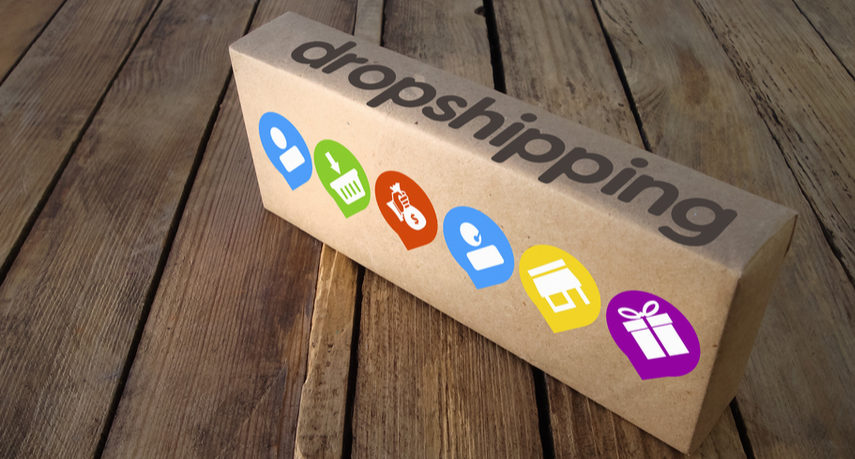By dropshipping, you’re taking the worry out of having to stock a full inventory and pay storage and fulfilment fees. All you need to do is accept the order and make sure the supplier fulfils it. If you’re wondering about dropshipping between two online giants, Amazon and eBay, FeedbackExpress has you covered. Here’s what you need to know.
The Legalities of Dropshipping from Amazon to eBay
Before you get started in ecommerce, whether it’s dropshipping or anything else, it’s important to understand the legalities of it. In the most general sense, dropshipping from Amazon to eBay is legal. However, you’ll have to consider other issues, such as:
- The legality of items you want to dropship: Make sure you read the lists of prohibited items and see that what you want to dropship is allowed.
- The ethical issues: You may risk negative reviews if the price difference between products is too disparate. For example, if you’re able to make sales with a 50% markup on eBay, buyers may react poorly by leaving negative reviews on your page.
- How Amazon sellers respond: Buyers feeling deceived by disparate prices is one thing, but be careful of sellers who may react similarly if they see you making a big profit off their back. It shouldn’t happen, as sellers should sell on whichever marketplaces they feel they can make sales and profits on, but it’s something to keep an eye out for.
- eBay or Amazon restrictions: Israeli eBay sellers have found their accounts restricted when eBay found out they were dropshipping from Amazon, saying that there was too much risk associated with it. You’ll also want to read up on Amazon’s dropshipping policy.
How to Dropship from Amazon to eBay Successfully
Dropshipping from Amazon to eBay generally follows the same formula you’d follow for sourcing products in general.
- Identify a niche market with low competition and high demand. Look for things like fewer-than-average sellers, good sales rank, and a medium amount of reviews.
- Target items that can have a higher value in other marketplaces, such as the markup of American products in Canada, or Chinese products in Europe/North America.
- Visualise how a product can be rebranded and marketed to appeal to buyers — look at how the product is currently branded, read the reviews of what buyers wish was different, and assess if it’s within your capabilities to make it happen.
Some things to keep in mind when looking at product listings that could be hidden gems include:
- Low quality, or a low number of, photos. If products look shot cheaply or there aren’t a lot of images showing it from different angles, this could be an easy thing for you to capitalise on.
- Poor or missing keywords. If a seller hasn’t done good research on keywords, again, this could be an opportunity for you to come in, dedicate a bit of time in sussing out strong keywords, and dropship it at a profit.
- Typos. Sometimes sellers abbreviate words to make them fit in the title or don’t adequately edit their copy, and you could be the sales-making beneficiary of it. If buyers are skipping over these listings because of misspellings, whether they’re turned off by it or simply can’t find the listings, you could find a seller very happy to move a product.
To automate things, you might consider using dropshipping software such as Salehoo or Dropified.
Where to Find These Magical Listings
First, start your search on eBay. Look for items on the trending page for a quick overview of possible ideas, or go more in-depth by searching through categories for products with plenty of active bids.
Make a spreadsheet, including the product’s price on it. Take 10% off each price to act as a cushion for you, covering expenses you’ll incur when dropshipping. This will be your long list.
Next, head over to Amazon and search up those products, entering in various spellings and misspellings, as well as looking for products with poorly-written copy or low-quality images. The products that qualify now make up your shortlist.
From your shortlist, compare the eBay prices to the Amazon prices and calculate how it fits in with your necessary profit margins. If your shortlist includes inexpensive items (under $15), it might be tough to make a steady profit, so try sticking to the $15-$50 range.
Create New Listings
We can’t stress this part enough: it’s vital that you don’t copy-and-paste the Amazon listings, but that you make your own new ones. Read up on eBay listing guidelines to make sure you fall within them.
You’ll also likely want to improve on the images by either finding copyright-free ones on Google or taking your own. Remember, one of the criteria you used for finding products was listings with poor photos, so this is an easy area to improve on.
Lastly, make your eBay listing live and purchase the item on Amazon, requesting it be marked as a gift so the eBay buyer doesn’t see the price on it.
Final Thoughts
If you do your research, follow the guidelines of each marketplace, and work hard at marketing your listings, you should encounter the lucky problem of attaching reviews to your sales. Luckily, FeedbackExpress can take care of that for you on Amazon. We’ve got a proven track record in helping you get more (and more positive) reviews, so the only thing left for you to do is sign up now and start your 14 day free trial.



